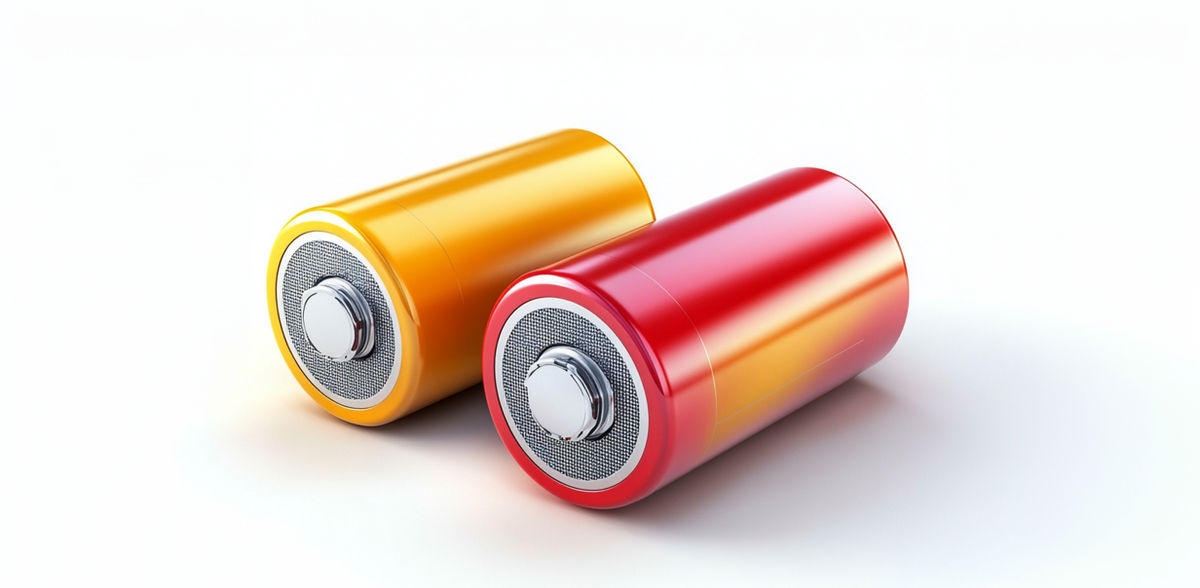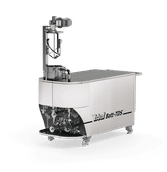What innovation potential does the use of graphene offer for lithium-ion batteries?
A new publication dealing with the use of graphene in lithium-ion batteries points to the potential of the material: Graphene can significantly improve the performance of batteries in the future. While great progress has been made from a technological perspective, the large-scale use of graphene-based battery components remains challenging. The article "Graphene Roadmap Briefs No. 4", now published in the trade journal 2D-Materials, highlights the key trends since 2017 and future prospects for the commercialization of graphene in battery technology.
Graphene is considered a promising material for the further development of lithium-ion batteries (LIB) due to its unique electronic, mechanical and chemical properties. The recently published paper summarizes the key advances and challenges in the development and commercialization of lithium-ion batteries with graphene components, with a focus on graphene-based silicon anodes. The publication is based on two technology roadmaps drawn up by Fraunhofer ISI for the EU's Graphene Flagship Initiative, which examined current developments and trends in this field of application.
Graphene can improve the performance and sustainability of batteries
The results underline, for example, that graphene as an additive in silicon-carbon composites enables up to 30 percent higher energy density in batteries. Graphene could also offer advantages for fast-charging capability and help to shorten charging times. In addition, the incorporation of graphene into silicon anodes could further improve the stability and thus the service life and sustainability of batteries. However, the stability of silicon anodes does not yet come close to that of conventional graphite anodes.
Conversely, there is currently a lack of cost-efficient manufacturing processes for a broad market application of graphene-based batteries, and the prices of graphene and related materials have remained unexpectedly high in the past. At the same time, the performance of lithium-ion batteries is steadily improving, the share of electric vehicles is growing and the construction of European cell production facilities is progressing. This in turn increases the chances of introducing new materials such as graphene, particularly for performance-optimized applications.
"We are seeing continued interest in graphene-based solutions in the battery industry, but we are also seeing lithium-ion batteries becoming more efficient and constantly optimized in terms of cost and performance. The decisive factor for the use of graphene in lithium-ion batteries is how quickly graphene-based battery components can be integrated into industrial production processes and whether we can establish a stable and demand-oriented supply chain," explains Maximilian Stephan, first author of the publication. He continues: "This requires coordinated strategies to make the scientifically proven benefits available for industrial use."
Looking to the future, the publication underlines that numerous start-ups and companies are working on innovative approaches to graphene production, although some are pursuing very different strategies: Some are focusing on developing cost-effective and large-scale production methods for less pure graphene. Other companies are targeting the use of high-purity graphene for specific applications where the performance can justify the potentially higher price. Regarding the future price of graphene, the study sees potential for future cost reductions through upscaling in production and improved manufacturing processes.
Future outlook and further research needs
Despite the many challenges, the authors of the Fraunhofer ISI believe that future market penetration of graphene in battery technology is possible. A promising field of application could arise in the production of silicon-graphene composites for special batteries, as these offer technological advantages and can improve the performance of silicon-based anodes, for example. In addition, graphene is being researched as a potential component for lithium-sulphur batteries, which could represent an alternative to conventional LIBs in the long term.
Further development depends heavily on research and industrial cooperation, according to the authors. The first step is to advance the market maturity of graphene-based components and commercialization and to continuously evaluate the performance of graphene in comparison to alternative high-performance materials. In order to increase market penetration, close cooperation between material manufacturers, battery producers, the automotive industry and research is also required. Higher prices could be justified by high additional benefits and a focus on high-performance applications.
The bottom line is this: Graphene remains a promising material for the battery industry, even if it has yet to enter the market on a broad scale. Progress in materials research and the establishment of a European battery production and value chain could pave the way for greater use in the medium term. If scalability can be further improved, graphene could play an important role as a battery material in a few years' time.
Note: This article has been translated using a computer system without human intervention. LUMITOS offers these automatic translations to present a wider range of current news. Since this article has been translated with automatic translation, it is possible that it contains errors in vocabulary, syntax or grammar. The original article in German can be found here.
Other news from the department science
These products might interest you
Most read news
More news from our other portals
See the theme worlds for related content
Topic World Battery Technology
The topic world Battery Technology combines relevant knowledge in a unique way. Here you will find everything about suppliers and their products, webinars, white papers, catalogs and brochures.

Topic World Battery Technology
The topic world Battery Technology combines relevant knowledge in a unique way. Here you will find everything about suppliers and their products, webinars, white papers, catalogs and brochures.


































































